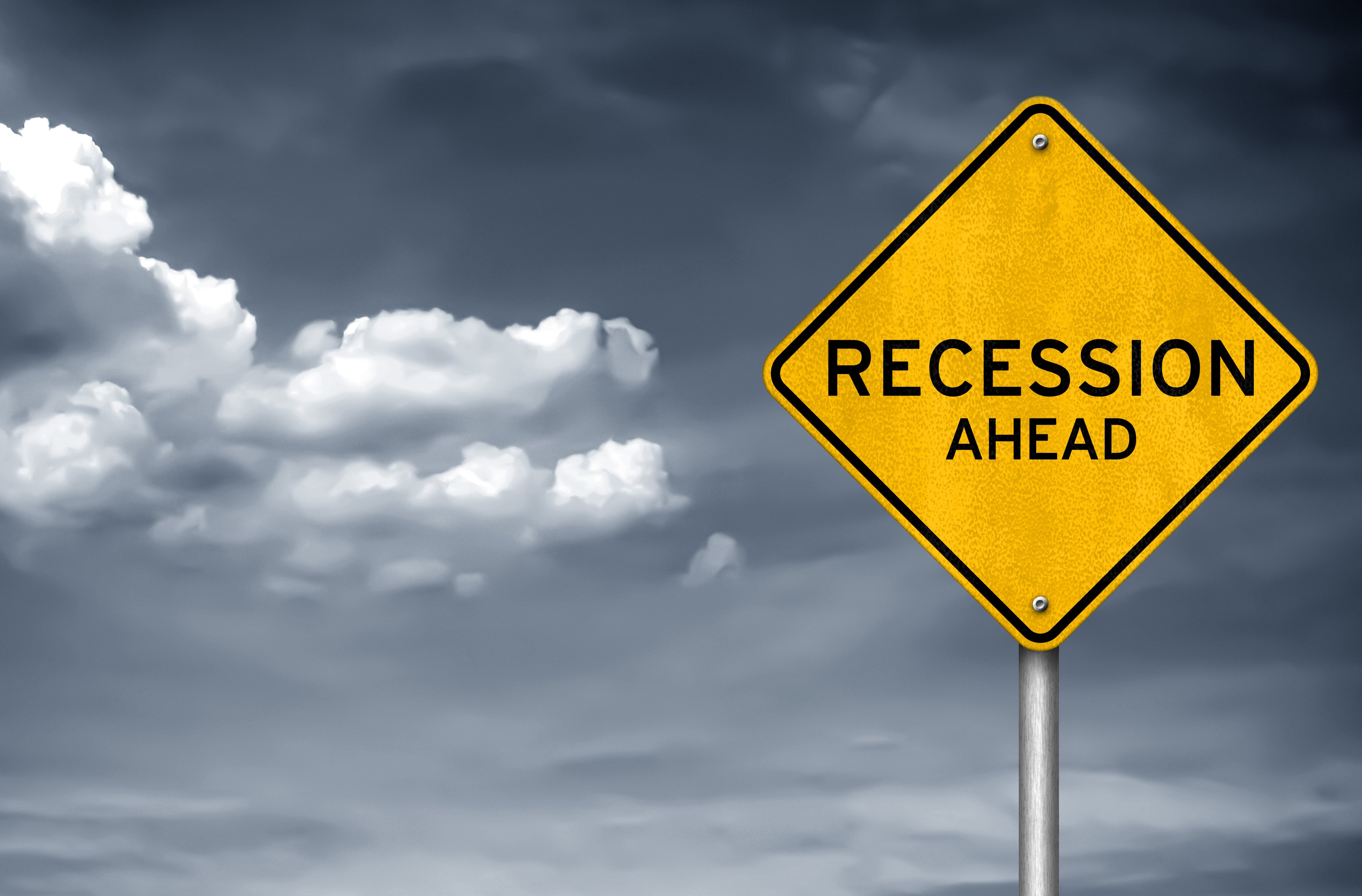In the days leading up to the annual Jackson Hole Economic Policy Symposium, all eyes were firmly on Federal Reserve Chair Jerome Powell and his speech on Friday, Aug. 22.
All month, investors have been back and forth on whether the Fed will cut interest rates at its September meeting. At one point, the market seemed certain. Then the market started to let doubts creep in, as the economic data has collectively been hard to interpret. During his highly anticipated speech, Powell gave investors and the S&P 500 exactly what they wanted to hear.
The Federal Reserve's dilemma
Powell and the Federal Open Market Committee (FOMC) have had a difficult task over the past few years in trying to rein in some of the highest levels of inflation in 40 years without tipping the economy into a severe recession, especially when you consider the velocity of interest rate hikes they implemented. Up until recently, the Fed appeared to be winning the war. The labor market has remained intact, and inflation has come down, potentially setting up a goldilocks landing.

Image source: Getty Images.
However, President Donald Trump's tariffs have thrown a bit of a wrench into Powell's fairytale ending. Tariffs are a tax on imports, and many economists think that the costs could potentially trickle down to consumers and reignite inflation.
Meanwhile, after recent monthly revisions, labor market data has begun to weaken. This threatens to put the Fed in a bind because the agency doesn't want unemployment to rise but also doesn't want to reignite inflation. Cutting rates could assist the labor market, but it also risks stimulating the economy and letting prices run hot.
Following the July Consumer Price Index (CPI) report, which showed inflation coming in a little weaker than expected, the market was near unanimous that the Fed would cut interest rates in September.
However, a few days later, the Producer Price Index (PPI) showed a 0.9% monthly increase, above the 0.3% consensus, and the hottest number seen in three years. This indicated to many that inflation was building but that businesses have largely been absorbing the costs. The chance of a cut in September came down significantly.
The confusion turned all eyes toward Jackson Hole and Powell's speech for clues about which way the Fed was leaning.
Adjusting policy stance
During his speech, Powell noted the conflicting pressures from the labor market and inflation, particularly as the economy continues to digest tariffs that seem to change quite frequently. Powell also noted that in the near term, "risks to inflation are tilted to the upside, and risks to employment to the downside -- a challenging situation." But Powell also said there has been progress on the inflation front and that the base case for tariffs is that their impact on consumer prices will be short-lived.
When our goals are in tension like this, our framework calls for us to balance both sides of our dual mandate. Our policy rate is now 100 basis points closer to neutral than it was a year ago, and the stability of the unemployment rate and other labor market measures allows us to proceed carefully as we consider changes to our policy stance. Nonetheless, with policy in restrictive territory, the baseline outlook and the shifting balance of risks may warrant adjusting our policy stance.
The hint at an adjustment to the Fed's policy stance sent the market soaring. On Aug. 22, investors betting on changes in the federal funds rate priced a 91% chance that the Fed would cut interest rates in September, up from a 75% chance one day earlier.
With the federal funds rate inside a range of 4.25% and 4.5%, and having been elevated for several years, investors are clearly relieved to see the Fed on track to resume rate cuts. Lower rates not only tend to be supportive of stock prices, but also result in lower borrowing costs for loans like mortgages, which would be helpful as the U.S. deals with a housing affordability crisis.
How to play Powell's speech
At this point, I expect the Fed to move forward with a quarter-point hike in September, which is bullish for the market. But I still think investors need to remain somewhat cautious. Remember, the market is near all-time highs and has been placing a high chance of a Fed rate cut in September and five total cuts between now and the end of 2026 for several months now.
What's more, Powell said in his speech that the Fed continues to view a longer-run inflation rate of 2% within its dual mandate. July's CPI still came in 2.7% higher on a year-over-year basis, while core inflation was up 3.1%. There's still uncertainty to what degree and when exactly tariffs will impact inflation. The Fed also thought inflation was transitory in 2022 and clearly miscalculated. Finally, there's still time for economic data in September and future data to change the market's view about rate cuts, which could put the market at risk.
I wouldn't necessarily go all in on the S&P 500 yet, although those with a long-term investing strategy don't need to do anything. If you're thinking about putting money to work, I would look toward sectors trading at more reasonable valuations and also perhaps an equal-weighted S&P 500 index or exchange-traded fund.






